For a relatively small country, Switzerland sure is significant. Even its currency, the Swiss franc, is unique and known worldwide for its stability. Before you get down to work with your currency converter, read further to find out some interesting Swiss franc facts you should know, and impress people with your extensive Swiss currency knowledge.
1. The Franc is an Official Currency in Three Countries
The Swiss Franc is the official currency and legal tender in Switzerland and Liechtenstein, as well as it is also legal tender in the Italian exclave of Campione d’Italia. Some cantons accept Euros for certain payments, but they will return your change in Swiss francs.
2. The (French) Franc Was Used Since 1798
The first franc, on par with the French franc, was first introduced in 1798 by the Helvetic Republic after there being around 860 different coins throughout the 26 cantons of Switzerland. After it was introduced, the franc served as a model for currencies in about 19 Swiss cantons from 1803-1814.
3. The Official Swiss Franc Was Established in 1850
The official Swiss franc that we know today, though, was only introduced in 1850 due to the majority of the money circulating until then being foreign. The Swiss Federal Constitution specified in 1848 that money in Switzerland would only be issued by the federal government, followed two years later by the Federal Coinage Act, which consequently established the Swiss franc in May 1850.
4. CHF Is the Official Switzerland Currency Symbol
The Swiss franc symbol “CHF” is an abbreviation that stands for the Latin name of the country “Confoederatio Helvetica,” and the “F” stands for “franc.” The abbreviation “Fr.” is often used as a symbol as well. However, the Latin form of the currency was established as the official form due to Switzerland being a multilingual country (German, French, Italian, Romansh), thus they opt for language-neutrality.
5. The Frank Was Linked to Silver and Gold
Between 1865 and the 1920s, Switzerland formed the Latin Monetary Union together with Belgium, France, and Italy, which tied all of their separate currencies to the price of silver. Later, in the 1970s, the price was linked with the price of gold until the year 2000.
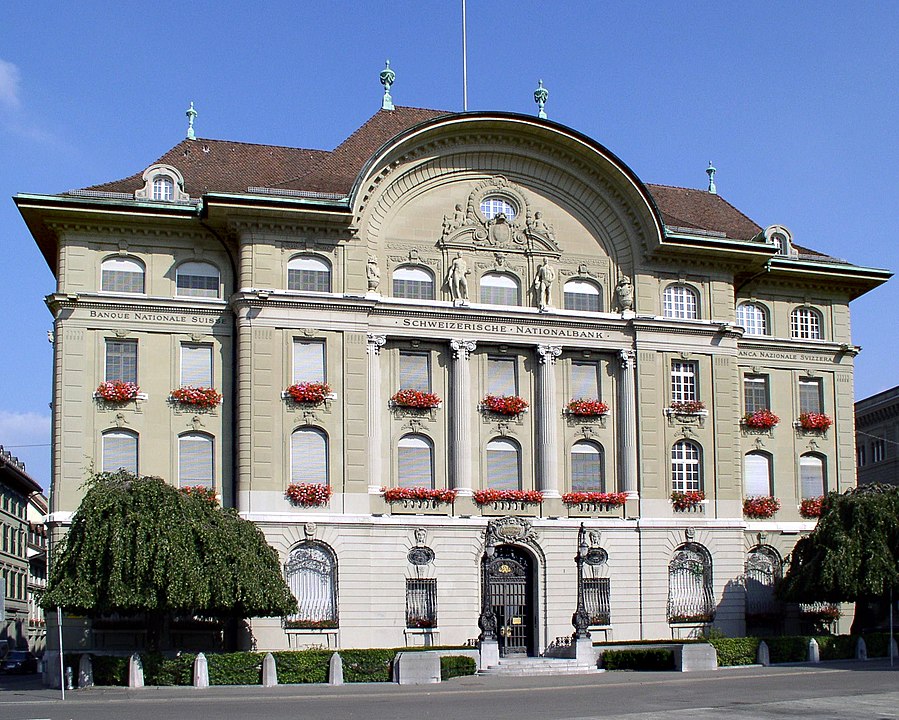
6. The Swiss Franc Is The Only Franc Left in Europe
Switzerland is the only country that still issues and uses francs in Europe. The other European countries that previously used francs as their official currency: France, Belgium, and Luxembourg, eventually adopted the Euro. Switzerland and Liechtenstein are not part of the European Union, which is why they have not converted to the Euro currency.
7. The Swiss Franc Is Considered a ‘Safe Haven’
The Swiss franc is said to be a ‘safe-haven currency.’ This is a term used in finance to denote an investment that is expected to retain or increase its value over time. The Swiss franc earned this title due to the stable government and financial system in Switzerland. Swiss banks are known to be the most stable in the industry due to their liquidity and safe practices, driving thus many investors, which consequently increases the demand for the Swiss franc.
8. Switzerland Has Six Banknotes
The latest (9th) series of Swiss banknotes issued six banknotes: the 10-franc note together with the 20, 50, 100, 200, and the largest 1000-franc note. The 1000-franc note was issued in March 2019 and is among the highest value banknotes in the world. As of December 2020, this banknote is valued at 1,132.83 USD or 927.90 Euro. This is particularly interesting since European countries stopped producing their highest value 500 Euro banknote in 2016 due to its illicit use for money laundering, tax evasion, and terrorism financing.
9. There Are Seven Coins in Circulation
The current coins in circulation are 5, 10, 20, and 50-centime coins and 1, 2, and 5-franc coins. The right to mint coins is held by the Confederation, which then charges the Swiss National Bank (SNB) with the task of putting the coins into circulation.
10. The Swiss Franc Is One of the Most Secure Banknotes
Switzerland has one of the most forgery-proof banknotes globally due to the high production standards employed in making the banknotes. In 2019, only 982 counterfeit cases were reported in total. The forgery rates have even dropped continuously throughout the years. Impressive work, Switzerland!
11. Swiss Franc Banknotes Challenged Design Stereotypes
The ninth banknote series of the Swiss National Bank moved away from stereotypical designs of banknotes that feature famous personalities. Instead, they now depict Swiss characteristics as motifs for the new design of the banknotes. These were inspired by the country’s many facets and feature various design elements such as the hand, a globe, locations in Switzerland, and other different objects that represent Switzerland.
12. The Swiss Still Love Cash
Vice Chairman of the Swiss National Bank Fritz Zurbruegg commented on the increasing need for cash, despite the fact that one would think it will decrease due to the growing popularity of paying through credit cards. After announcing the 1000 Franc note, Zurbruegg emphasized that “Cash is still very popular in Switzerland; it is a cultural phenomenon.”
13. You Can Exchange Burned Banknotes
In case your banknote has seen some rough moments, we bear good news. Burned or damaged Swiss franc banknotes can be exchanged at the SNB, which has experts that deal with identifying damaged banknotes. In order to exchange it, customarily, you must have a banknote that is larger than 50% of the original and has a recognizable serial number.
14. Banknotes Have a Life Expectancy
Naturally, banknotes of greater value are used longer than those of smaller value due to being used more to store value (e.g., for savings), while smaller banknotes circulate more frequently as cash. This leads to an average four-year circulation expectancy of 100 and 200 franc banknotes, two to three years for 50, 20, and 10 franc notes, and a longer 10-year expectancy for 1000-franc ones.
These were some interesting facts about Switzerland’s currency. Now that you know your Swiss francs, you can get to spending it. Do it with caution, though, as the costs of living in Switzerland can get quite expensive!
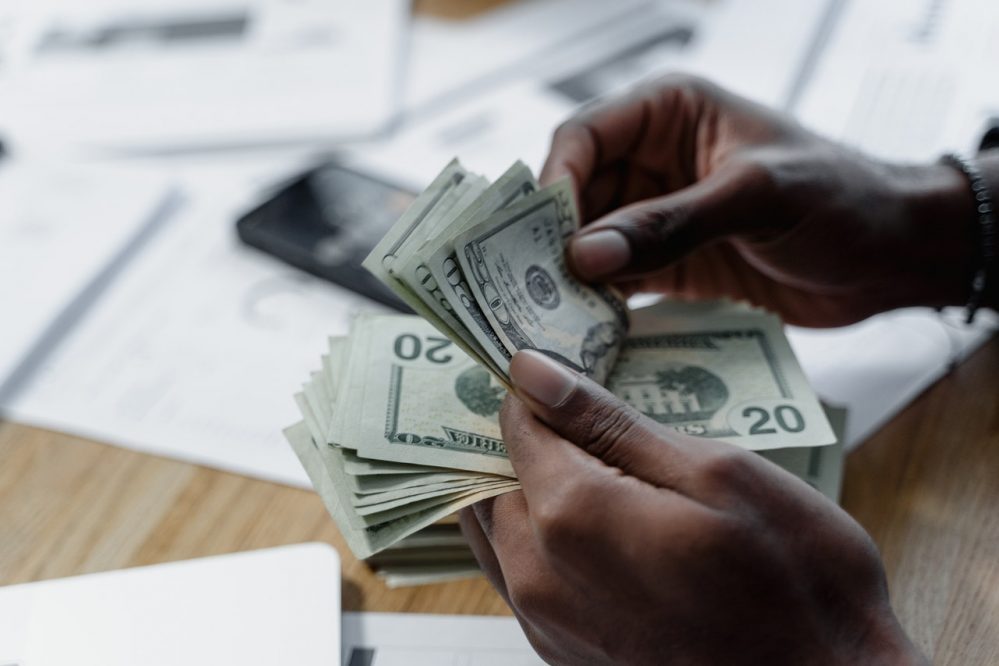

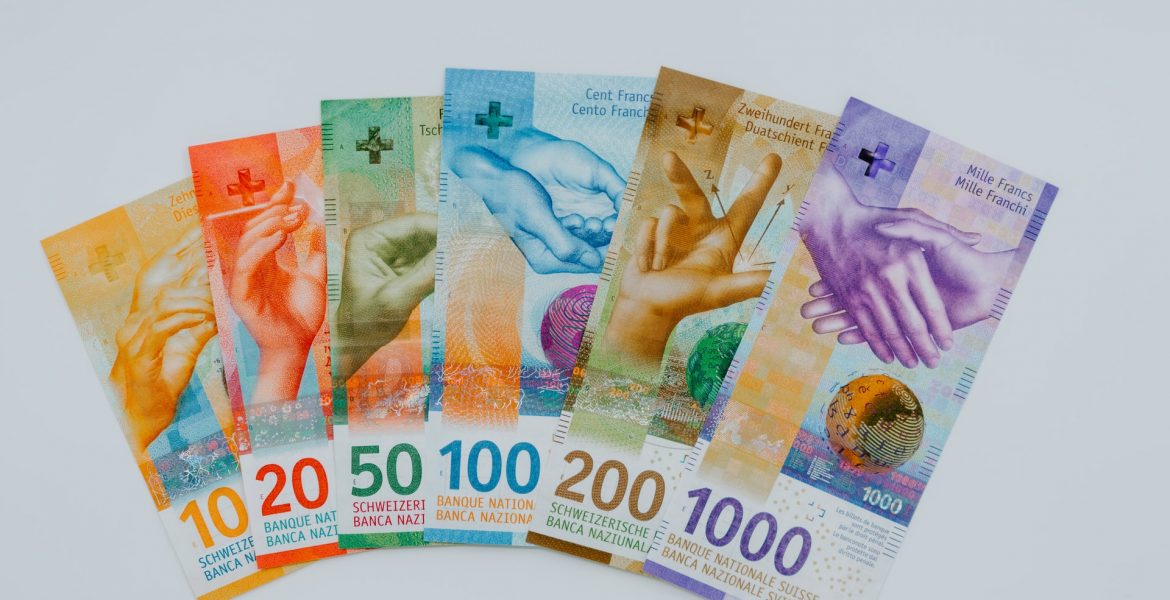
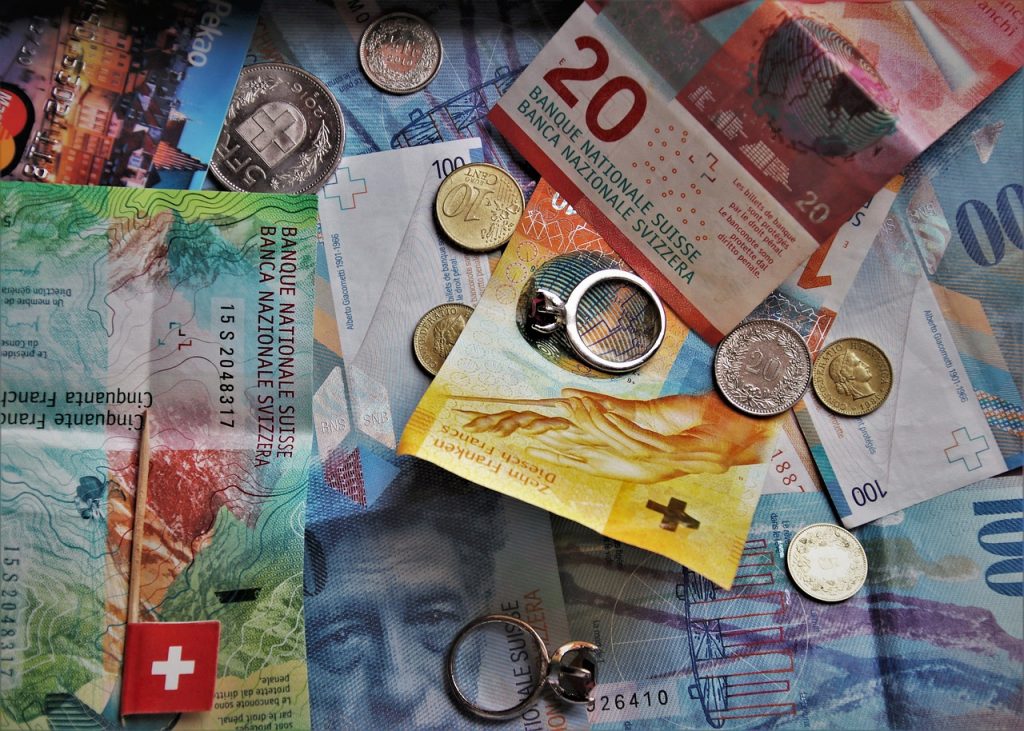
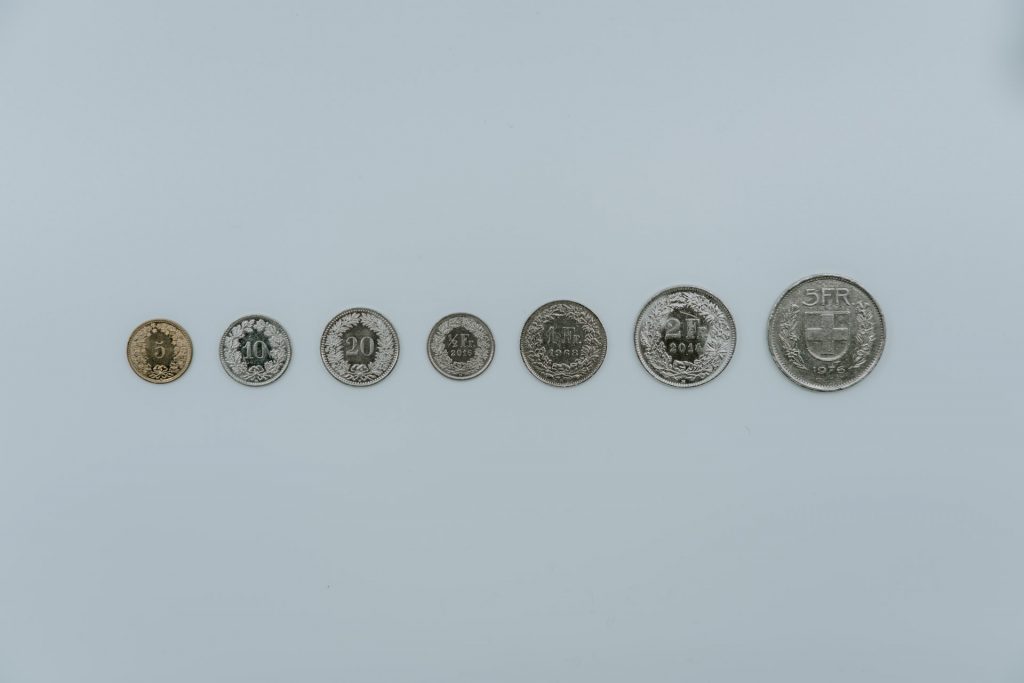

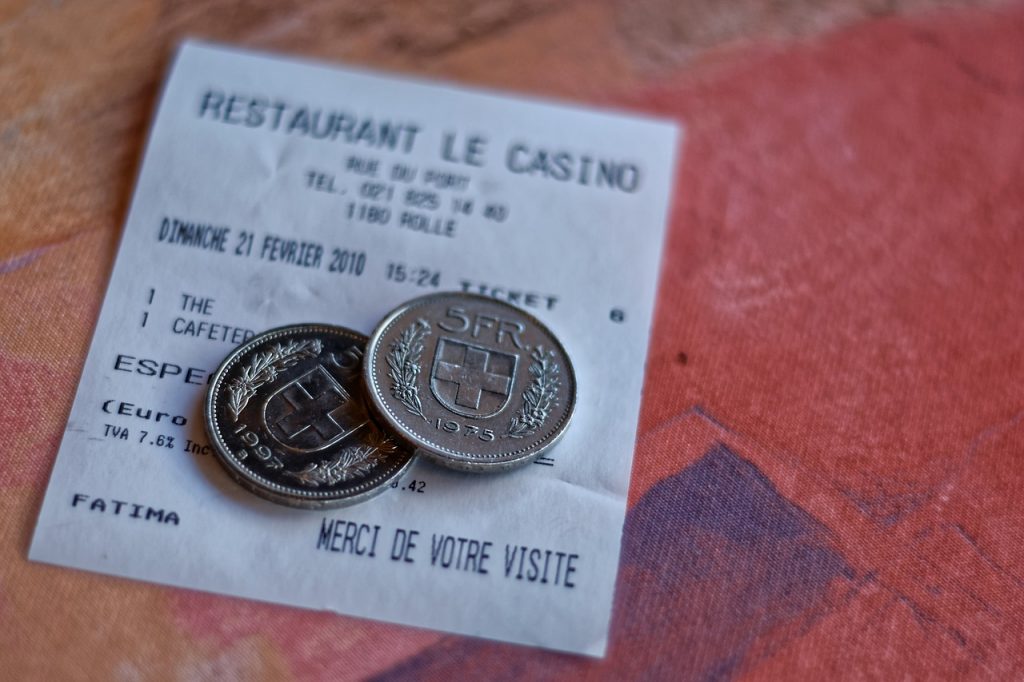

Nice knowledge,
Thabkyou
Check your text. We habe 1, 2 and 5 France coins not 3